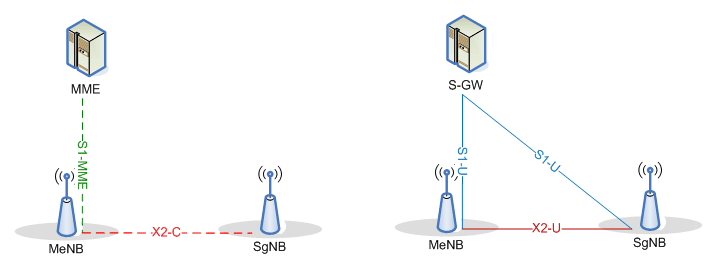Intel XMM 8160 - Universal Multi-Mode 5G Modem

Intel continues to develop its line of high-speed wireless controllers. Exactly one year after the release of the first 5G-modem XMM 8060, the company introduced a new model in the family - Intel XMM 8160.
Intel XMM 8160 is a multi-modem that supports both the 5G New Radio standard (standalone and non-standalone modes) and the standards of previous generations of 4G, 3G and 2G in a single chipset. Thus, OEMs of network equipment are provided with a universal, energy-efficient and miniature wireless solution. The slide below shows the advantages of a multi-mode approach, which allows optimizing both the radio part and the logic.

The modem can operate in the new millimeter part of the spectrum as well as on the standard for 5G NR frequencies up to 6 GHz (including the FDD and TDD bands from 600 MHz to 6 GHz); Download speed is up to 6 Gbps. The transition to the high-frequency range will dramatically increase the speed of wireless networks, and the problem of "holes" in the 5G-coating, inevitable at first, will help solve the technology of Dual Connectivity EN-DC. Let's tell in two words how it works.

EN-DC stands for "E-UTRAN New Radio - Dual Connectivity". E-UTRAN is, as you understand, LTE, and New Radio is 5G. The figure on the left shows the signaling transmission diagram, on the right - the data traffic, MeNB - LTE base station, SgNB - BS 5G. As can be seen, in the joint X2-C interface of the hybrid radio network, only the 4G core works as a governing body, while the subscriber device simultaneously supports connections with both types of BS. At the same time, at a time, traffic only goes through one S1-U interface - this is the idea of EN-DC.
Deliveries of Intel XMM 8160 to OEMs will begin in the second half of 2019. Intel hopes that by the beginning of 2020, phones, routers and other devices equipped with this modem will appear on the market.
